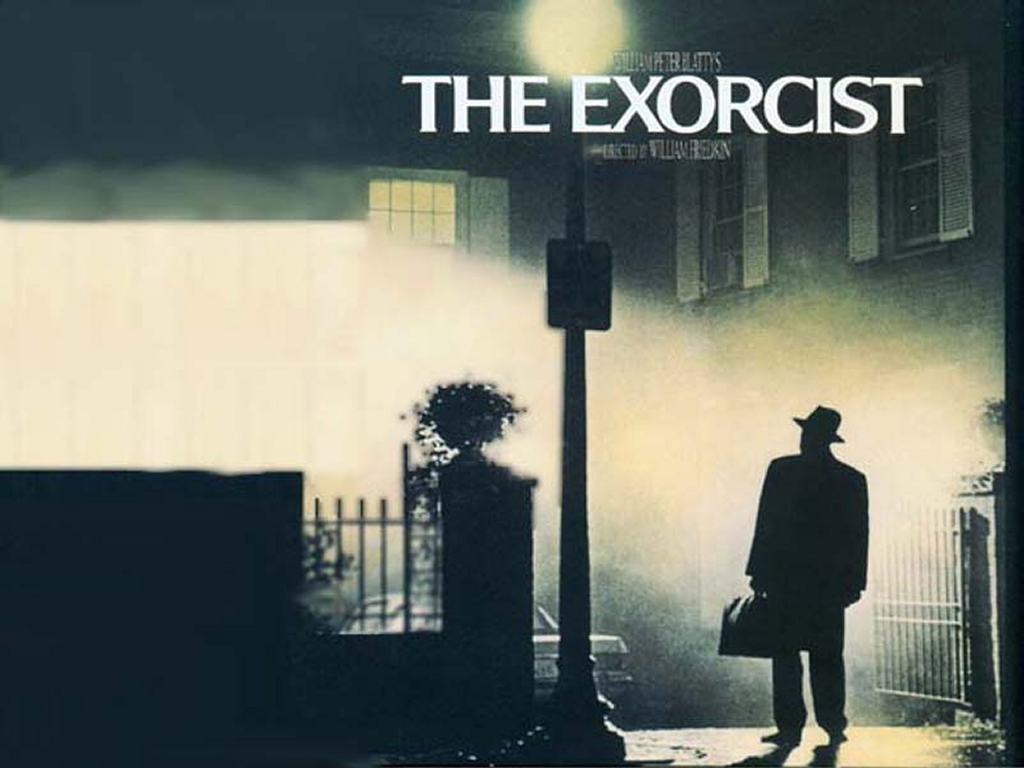The Exorcist, released in 1980, remains one of the most iconic horror films of all time. Its haunting storyline, combined with powerful performances and groundbreaking special effects, has solidified its place in cinema history. This film not only terrified audiences upon its release but also sparked discussions around the themes of possession, faith, and the supernatural. Directed by William Friedkin and based on William Peter Blatty's novel, the Exorcist 1980 continues to influence the horror genre and remains a benchmark for filmmakers to aspire to.
As we delve deeper into the Exorcist 1980, we will explore its impact on popular culture, its critical reception, and the real-life inspiration behind the story. This article aims to provide a comprehensive overview of the film, answering essential questions and shedding light on its legacy. From the unforgettable performances of its cast to the chilling score that accompanies the film's most tense moments, the Exorcist 1980 is a masterpiece that endures through generations.
Join us as we journey through the eerie corridors of the Exorcist 1980, unearthing the secrets that have kept audiences captivated for decades. Whether you are a lifelong fan of the genre or a newcomer curious about its significance, this exploration will provide valuable insights into what makes the Exorcist 1980 a quintessential horror experience.
What is the Background of the Exorcist 1980?
The Exorcist 1980 was adapted from the novel written by William Peter Blatty, which was inspired by a 1949 case of demonic possession and exorcism. Set in Georgetown, Washington D.C., the film follows the story of a young girl, Regan MacNeil, who becomes possessed by a malevolent entity. Her mother, Chris, desperately seeks help, leading her to two priests, Father Karras and Father Merrin, who attempt to save Regan’s soul through the ritual of exorcism.
Who Were the Key Cast Members of the Exorcist 1980?
The performances in the Exorcist 1980 significantly contributed to the film's chilling atmosphere. Here are some of the key cast members:
- Linda Blair as Regan MacNeil
- Ellen Burstyn as Chris MacNeil
- Max von Sydow as Father Merrin
- Jason Miller as Father Karras
- Lee J. Cobb as Lieutenant William Kinderman
What Were the Major Themes Explored in the Exorcist 1980?
The Exorcist 1980 delves into several profound themes, including the struggle between good and evil, the power of faith, and the impact of trauma. The film raises questions about the nature of belief and the existence of evil, challenging viewers to confront their own understanding of spirituality and morality. Additionally, the relationship between parents and children is poignantly examined, particularly through Chris MacNeil's desperate efforts to save her daughter.
How Did the Exorcist 1980 Perform at the Box Office?
The Exorcist 1980 was a commercial success, grossing over $440 million worldwide, making it one of the highest-grossing films at the time. Its success can be attributed to its marketing strategy, which included a highly publicized release, creating an air of mystique around the film. It also became a cultural phenomenon, leading to a resurgence of interest in horror films and establishing a template for future supernatural thrillers.
Did the Exorcist 1980 Receive Critical Acclaim?
Yes, the Exorcist 1980 received widespread acclaim from both critics and audiences. It was nominated for ten Academy Awards, winning two for Best Adapted Screenplay and Best Sound. Critics praised its direction, screenplay, and performances, particularly that of Linda Blair, who delivered a haunting portrayal of a possessed child. The film's cinematography and sound design also received accolades for their ability to evoke fear and tension.
What Lasting Impact Did the Exorcist 1980 Have on the Horror Genre?
The Exorcist 1980 set a new standard for horror films, influencing countless filmmakers and spawning numerous sequels and imitations. Its blend of psychological horror with supernatural elements has become a template that many horror films still adhere to today. Additionally, the film's success opened the door for more serious and sophisticated storytelling within the genre, proving that horror could be both terrifying and thought-provoking.
What Are the Real-Life Inspirations Behind the Exorcist 1980?
The Exorcist 1980 was inspired by a true story involving a young boy who underwent an exorcism in the late 1940s. This case drew the attention of William Peter Blatty, who conducted extensive research before writing his novel. The film's depiction of possession and exorcism practices is rooted in real-life religious practices, particularly within the Catholic Church, and reflects the deep-seated fears and fascination surrounding the supernatural.
What Can We Learn from the Exorcist 1980 Today?
The Exorcist 1980 serves as a reminder of the enduring power of storytelling and the human condition's complexities. It encourages us to confront our fears, question our beliefs, and explore the unknown. As we navigate a world filled with uncertainty, the themes of faith, resilience, and the battle between good and evil remain relevant. The film continues to captivate audiences, reminding us of the darkness that exists within and the light that can ultimately triumph.
Conclusion: Why Does the Exorcist 1980 Remain a Horror Staple?
The Exorcist 1980 is not just a film; it is a cultural landmark that has left an indelible mark on the horror genre. Its compelling narrative, unforgettable performances, and exploration of deep themes resonate with audiences even today. As we reflect on its legacy, it is clear that the Exorcist 1980 will continue to haunt and inspire generations of filmmakers and horror enthusiasts alike.




